So much changes as the seasons change. And as summer hits full swing, seasonal treasures pop up anew. Think summertime sports, vacations, concerts and festivals. All the warm-air flowers and vegetables bloom and dot the landscape – and so do all of those food trucks you haven’t seen in a while. At the very heart of summer’s best happenings is fantastic summertime food … crowd-favorite treats that need to be served in the most convenient, easy-breezy ways. If you are lucky enough to operate one of these food trucks – or even a summer festival — you’ve already thought about location, capacity and the perfect warm-weather menu. But have you put enough thought into the packaging for food trucks that is going to help you serve those hungry crowds?
 Packaging for Food Trucks Needs Much Consideration
Packaging for Food Trucks Needs Much Consideration
These days, planning a great menu that’s convenient to serve just isn’t enough. When you are deciding on the most necessary items for every aspect of your food service business, you must take into consideration a few key points when it comes to packaging and serving:
- Sustainability – Do you have firm beliefs about being environmentally friendly? Does the area in which you operate your mobile restaurant have restrictions when it comes to the use of plastics or reusable packaging? If so, here at MrTakeOutBags we have a whole line of products to help you meet those criteria. Take a look here.
- Your image — If your food truck is called Vegan Foods from Mother Nature, you probably don’t want to serve those veggie wraps and hummus in Styrofoam. If your color palette is earth tones, you most likely don’t want to display your foods in bright orange plastic containers.
- Make sure the food you serve has packaging that serves it! — What would it be like if you stood in line for noodles to have them handed to you in a foil pouch when a grease-resistant food tray would work much better? Maybe not a good idea to serve customers milk in a pink plastic cup…. This would give the impression that the milk is strawberry flavored, for example. Would your customers like it if you served them a warm donut in a flimsy paper napkin? Probably not the greatest idea. How about a compostable clamshell instead?
Avoid Mistakes with Packaging for Food Trucks
According to an article by UsedVending.com, there are definitely some things you want to avoid when planning your summertime food truck or event packaging:
- Don’t use the same packaging as everyone else — Find items that will hold up well for your customers and that you won’t see on every other food truck at the rally. Due to that, you have to start with a great packaging company that offers a wide range of unique products. We’ve got you covered at MrTakeOutBag.com, where you’ll find thousands of unique shapes and sturdy options in everything from food trays and takeout boxes to cups, utensils and napkins. And that’s just the beginning.
- Don’t go too cheap or too expensive – “This is an obvious fact in the retail market. People don’t want a designer bag in a cheap plastic bag,” the UsedVending article states. “Even though you’re selling gourmet food, keep your food truck packaging as conventional as possible.” Along those lines, for example, if you are catering an upscale wedding, consider some beautiful mini trays and cups for sampling. Or, if your food truck serves a simple menu of hot dogs and burgers, go with traditional foil wraps to keep them warm and serve with ease.
- Don’t add unneeded packaging for design only – A lot of food packaging goes to waste. Don’t add extra packaging items only to expand your design image. Keep your packaging list trimmed to minimize your environmental footprint and make service a lot easier. Many items available at top packaging companies like MrTakeOutBags.com can have multiple uses. Serve both sandwiches and sides in a grease-resistant vented to-go box. Or why not create a gorgeous parfait in a tall drink cup?
Give Your Packaging Material Choice Some Thought
When it comes to owning a food truck or operating a summer festival, you have several types of packaging for food trucks to choose from. Again, consider your location, environmental laws, your customer base and weather when selecting from the following categories:
 Foil and aluminum
Foil and aluminum
Aluminum containers are most commonly found in rectangular, round and square shapes. Meanwhile, aluminum or foil food wrap or pouches can be perfect for serving burritos, hot dogs and sandwiches. They hold in heat and can hold up in a conventional oven for reheating.
Do keep in mind that aluminum foil containers may not be suitable for certain types of foods – especially those with high acidity or containing citrus or tomato-based ingredients. The acidity can react with the aluminum, adding a metallic taste and potential contamination. In addition, aluminum containers can be relatively fragile. The could dent or get crushed, potentially affecting the presentation and functionality of the food packaging. Additionally, aluminum foil bowls and containers often come in limited shapes and sizes.
Here are a few products available in foil and aluminum at MrTakeOutBags.com:
Paper / Foil Insulated Sandwich Wrap
Foil / Paper Insulated Sandwich and Burger Bag
Foil / Paper Insulated Hot Dog Bag (The Pittsburgh Pirates baseball team uses our hot dog and burger bags)
Foil / Paper Jumbo Insulated Sandwich and Burger Bag
 Paper
Paper
Paper packaging has become an extremely popular choice. In addition to its lower cost, folks steer toward it for its sustainability and flexibility in design. Bakery items find a comfy home in paper bread bags. Paper cups are great on the go. Even paperboard lunch boxes have become a go-to for to-go service.
Here are some paper packaging products that our customers swear by:
Food delivery boxes for bakeries, restaurants, candy shops
Bread bags in all shapes and sizes
 Plastics
Plastics
As explained by the article from UsedVending.com, plastic food containers are great for heavier and more liquid offerings from a food truck. Available in many sizes, they also are easy to find in recyclable or reusable plastics to help with environmental worries. “These are popularly known as bio-plastics.” Some of the plastics you’ll see in use at these gatherings are in clamshell containers, cold cups, meal-serving containers and even the bags to carry it all home in.
Let’s take a peek at some offered on our own website:
Bowls & Plastic Containers with Lids
Customize to Open Their Eyes.
No doubt, if someone visits your food truck, they’re likely stopping by others this summer as well. If you want to stand out from all the other taco trucks or bakeries on wheels, lending your brand to your packaging is the best way.
You can start simple with your packaging for food trucks. Get a custom-printed label with your food truck or event logo printed on it. Even better, have your branding printed right on your box, cup or bag. Another route you can go is to have food-grade tissue printed to line your boxes.
While it may be a little late for July or August events, there’s still time to lend your own personal touch to your packaging for fall festivals and food truck rallies.
Take a look how we can help you do that here.
 No Need to Stress Over Packaging for Food Trucks. We’ve Got You Covered.
No Need to Stress Over Packaging for Food Trucks. We’ve Got You Covered.
Whatever route you choose, take comfort in the fact that packaging supplies abound for summer fun on wheels or on the concert lawn. And always remember, at MrTakeOutBags, we’ll make the whole thing a breeze for you. Now let’s get rolling.

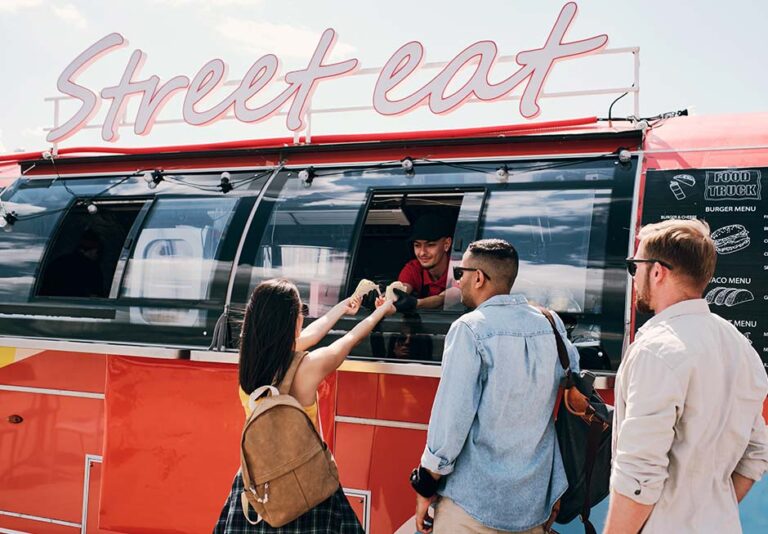
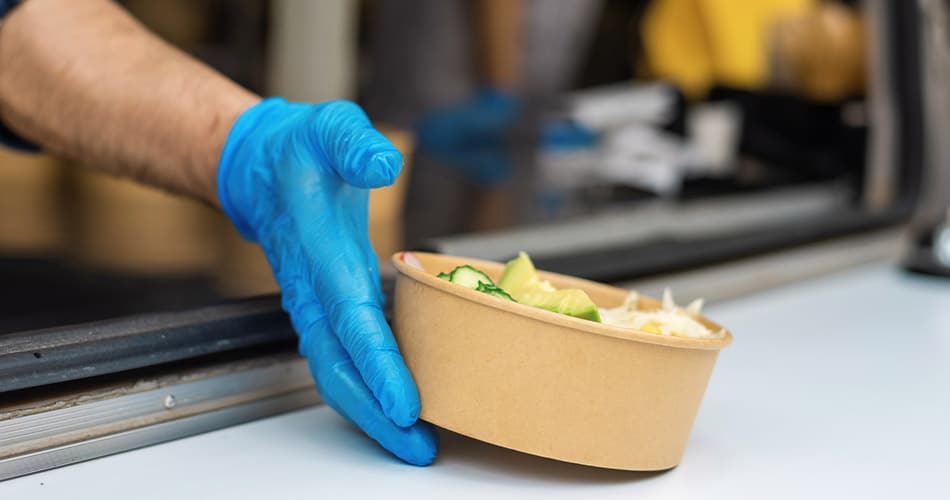 Packaging for Food Trucks Needs Much Consideration
Packaging for Food Trucks Needs Much Consideration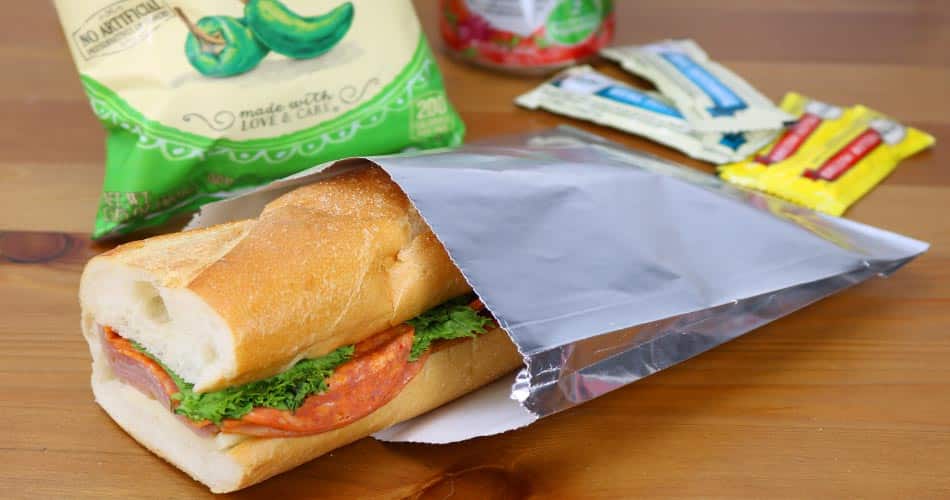 Foil and aluminum
Foil and aluminum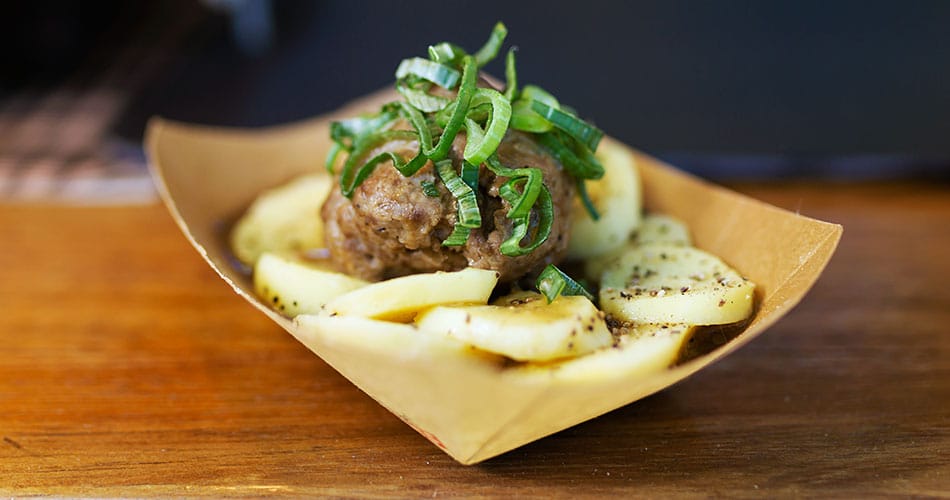 Paper
Paper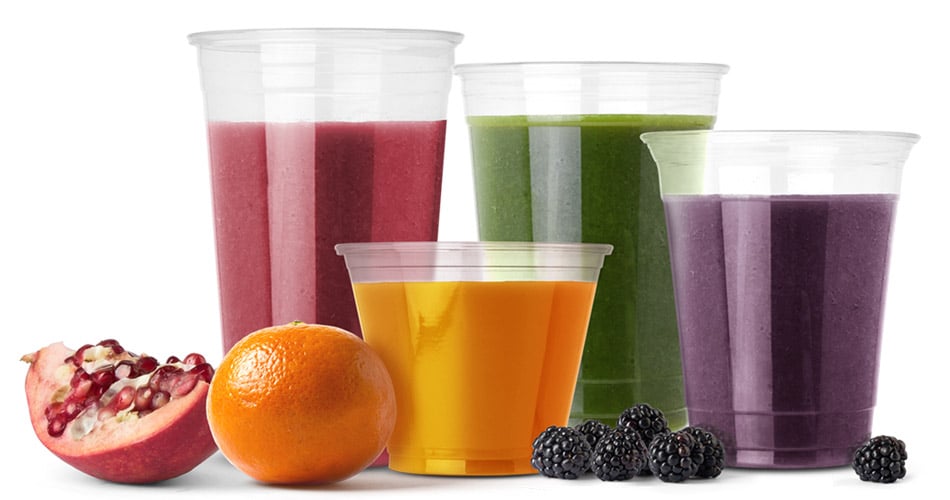 Plastics
Plastics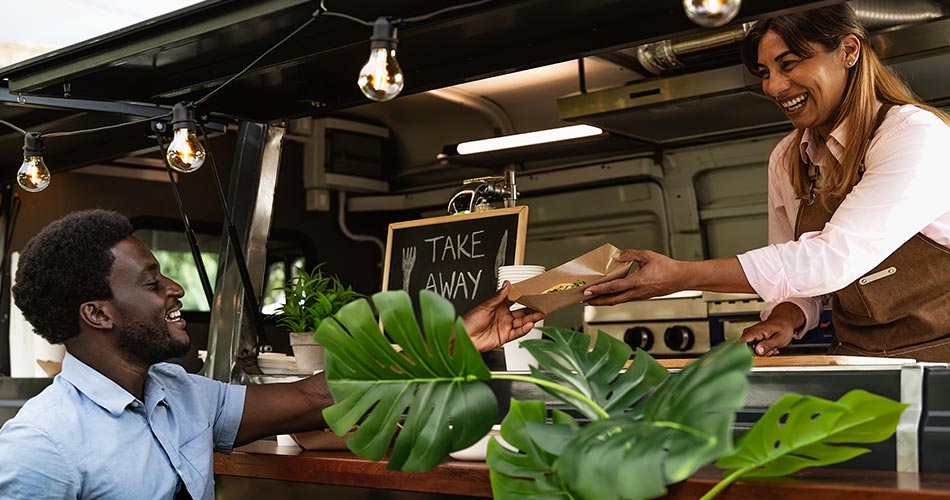 No Need to Stress Over Packaging for Food Trucks. We’ve Got You Covered.
No Need to Stress Over Packaging for Food Trucks. We’ve Got You Covered.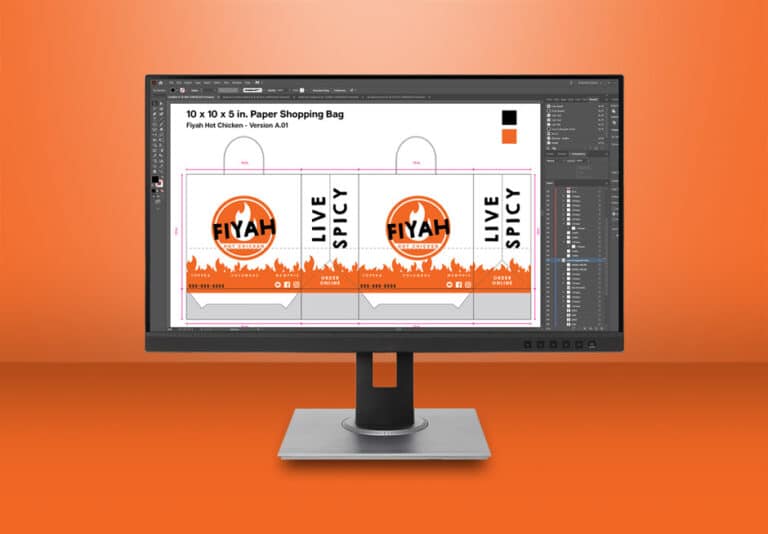
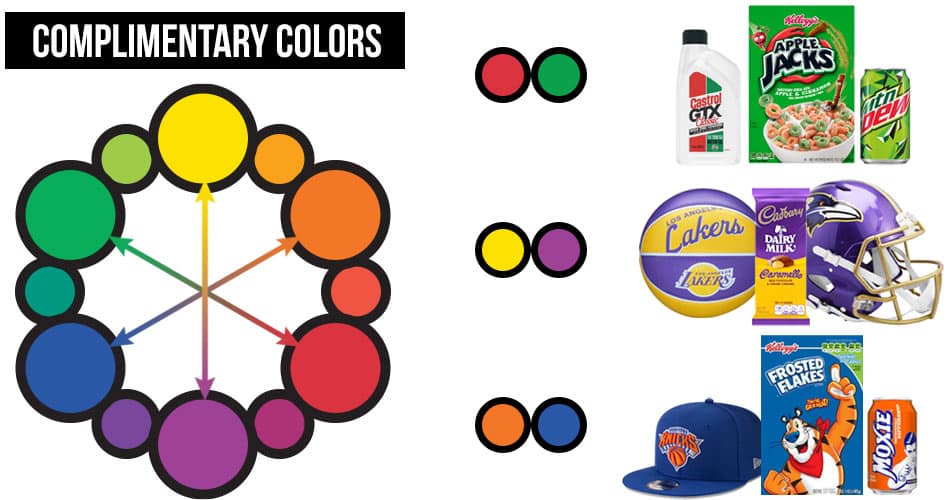 Picking colors for your takeout packaging design: contrasting & complementary
Picking colors for your takeout packaging design: contrasting & complementary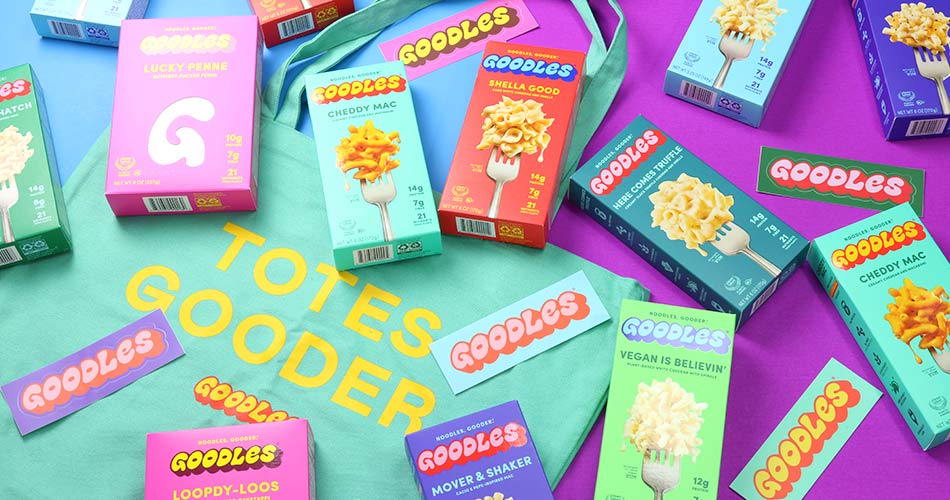
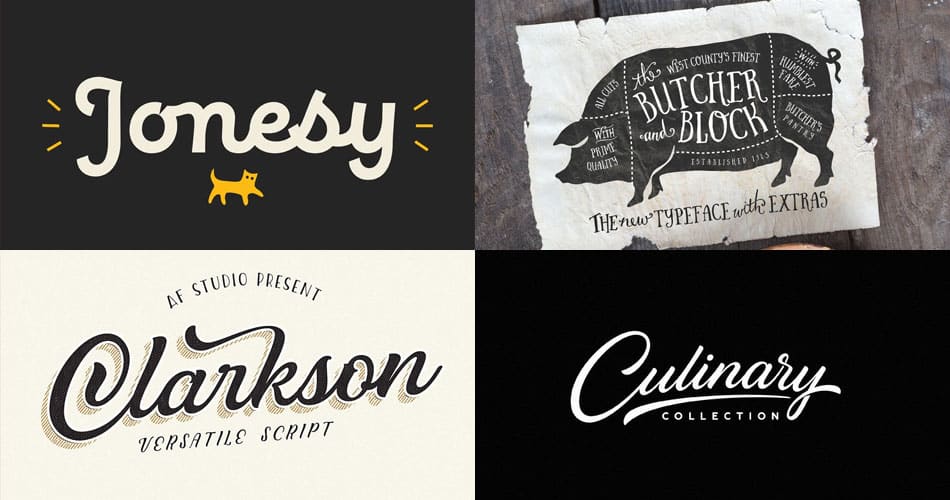 Fonts – What’s new, what’s good
Fonts – What’s new, what’s good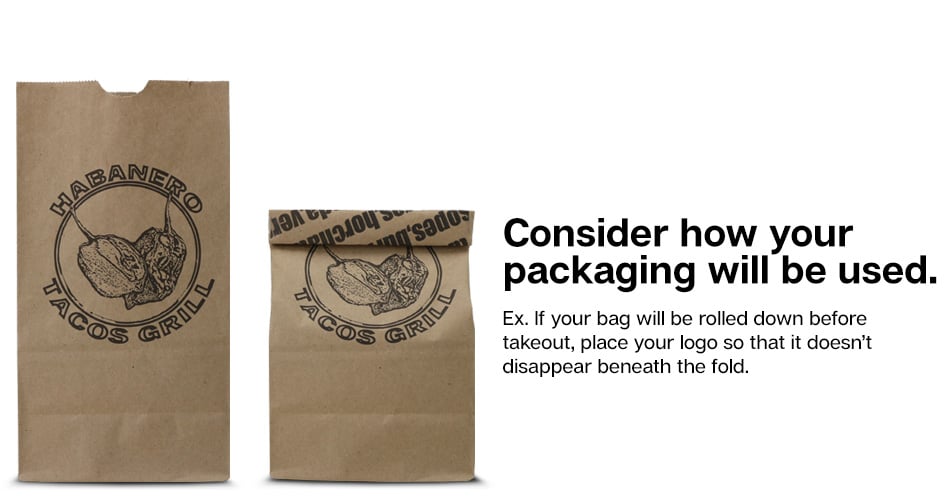 What size should my logo be?
What size should my logo be?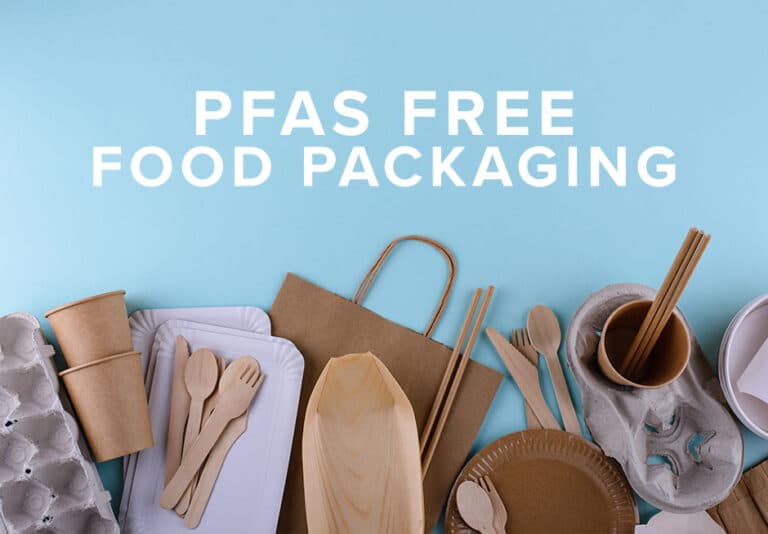
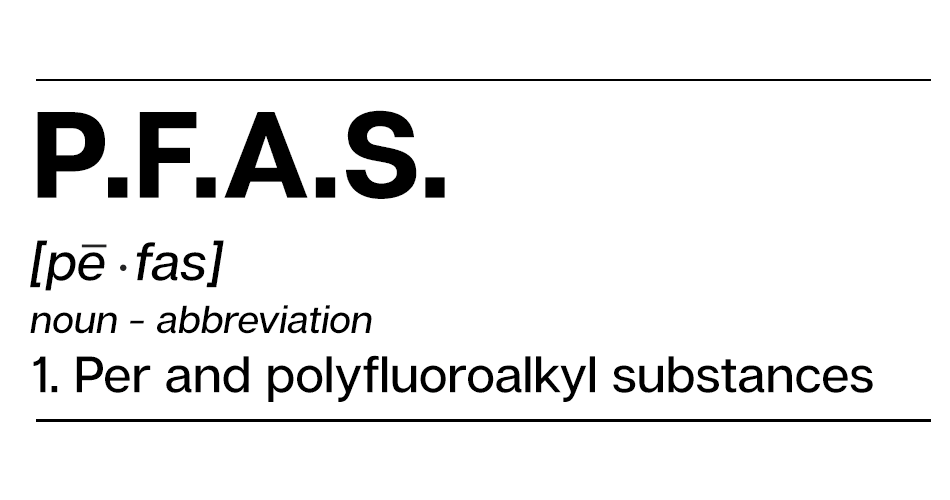 Defining PFAS
Defining PFAS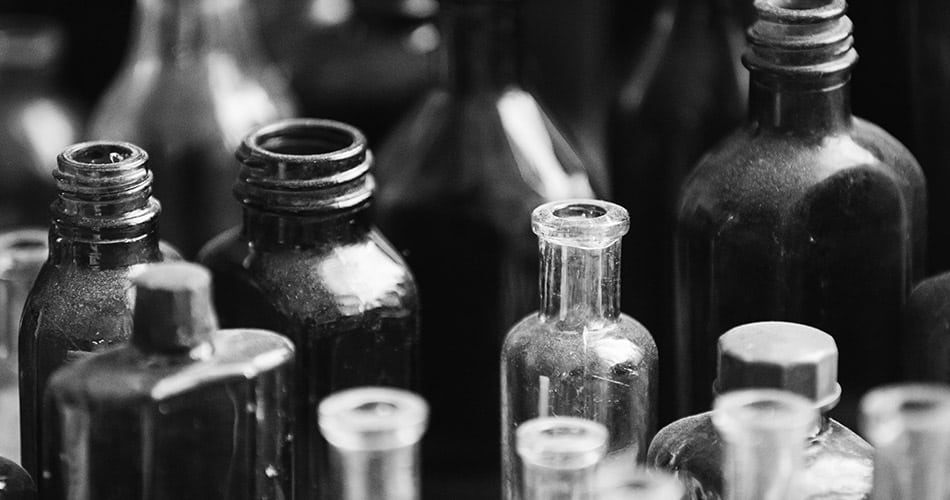 How did PFAS come to be?
How did PFAS come to be?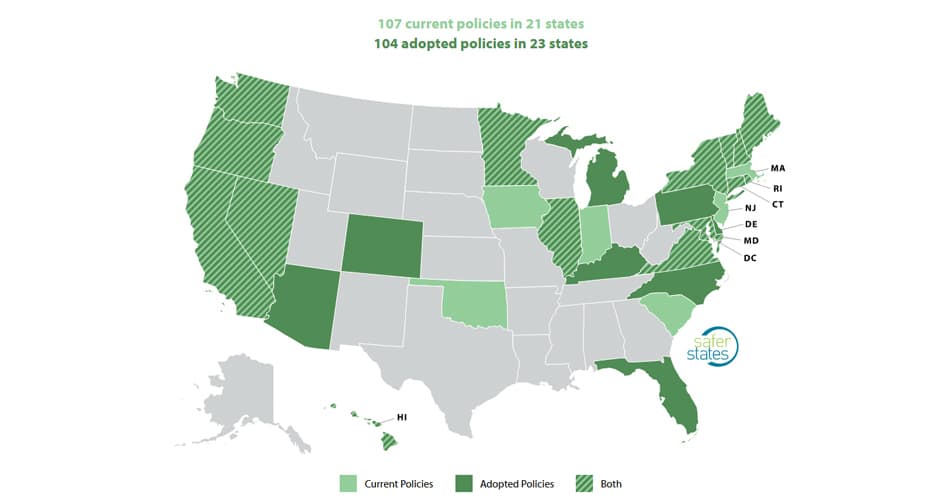 Where has PFAS already been banned?
Where has PFAS already been banned? Under the microscope
Under the microscope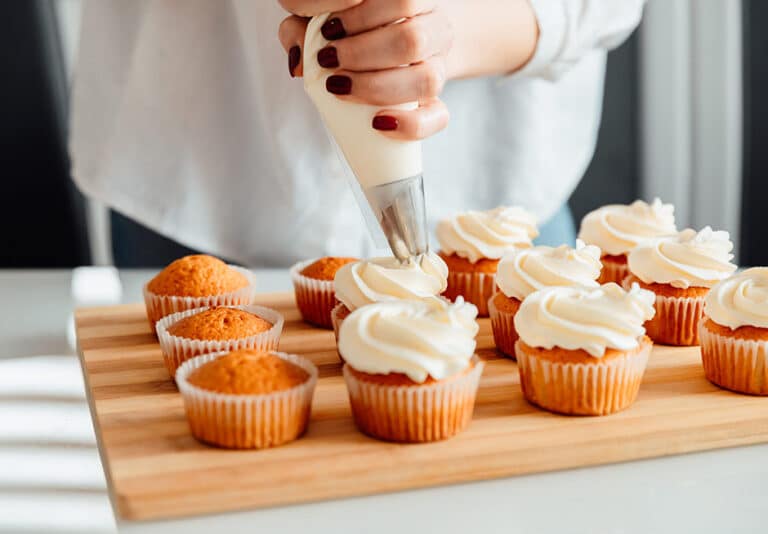
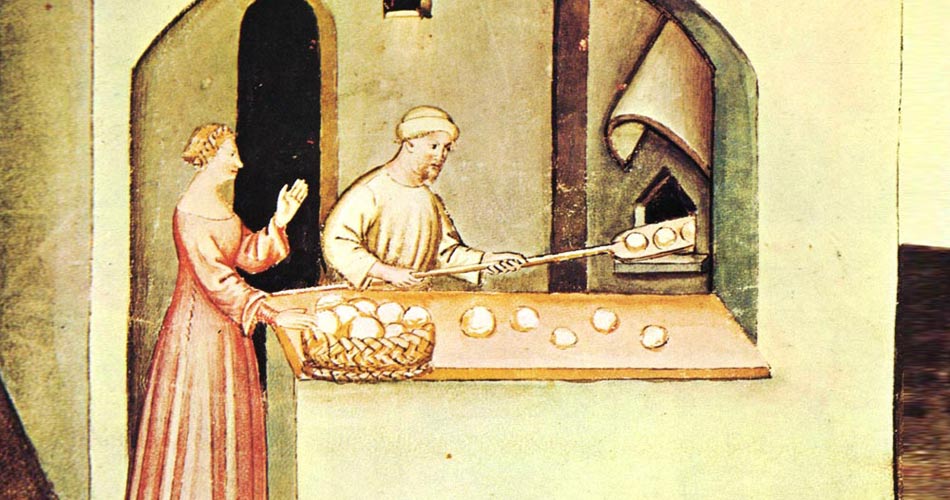 When did baking ‘rise’ to prominence?
When did baking ‘rise’ to prominence?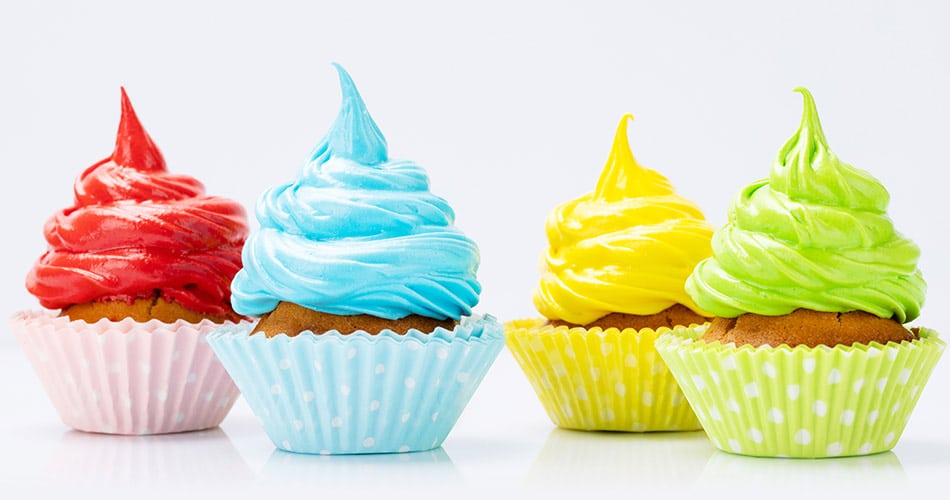 Paper baking cups brighten treats
Paper baking cups brighten treats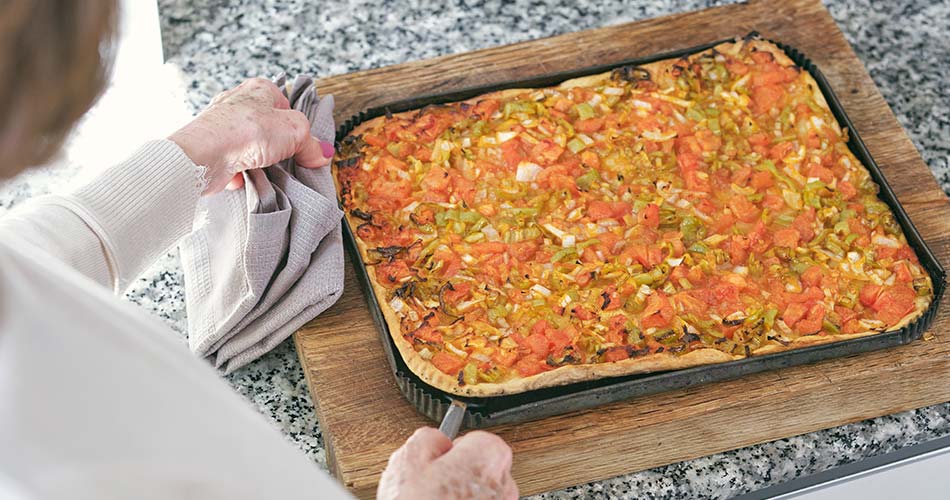 Bigger job, bigger baking cups
Bigger job, bigger baking cups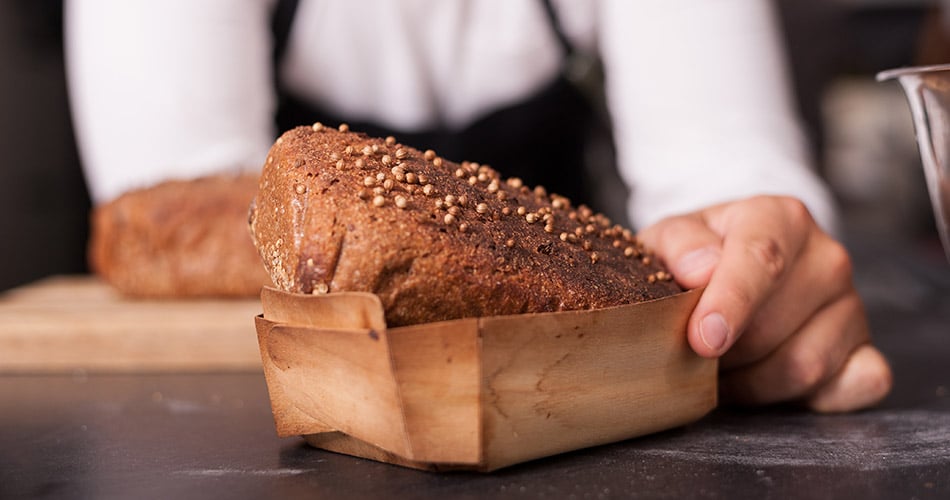 Still more for your baking needs
Still more for your baking needs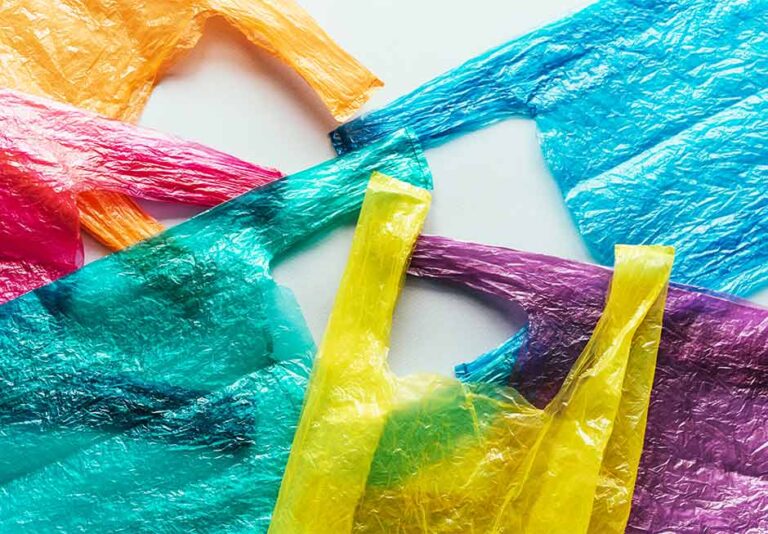
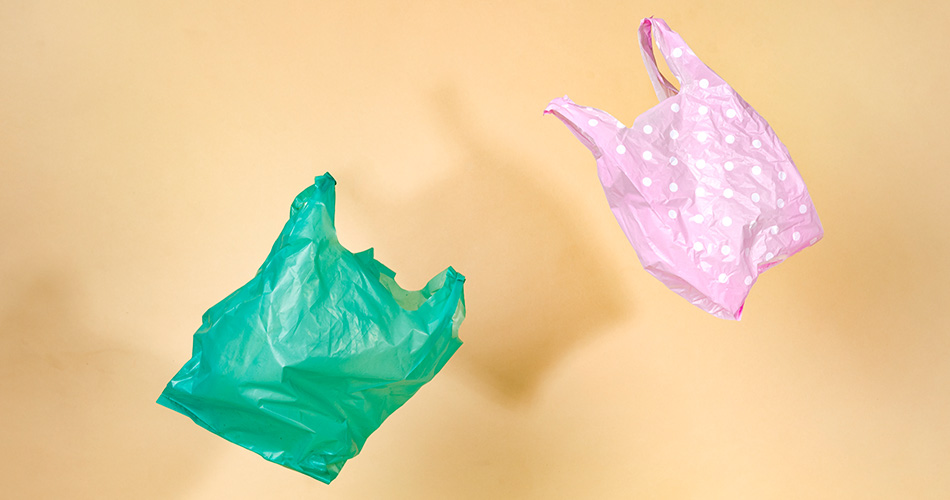 What are the perks to plastic bags?
What are the perks to plastic bags?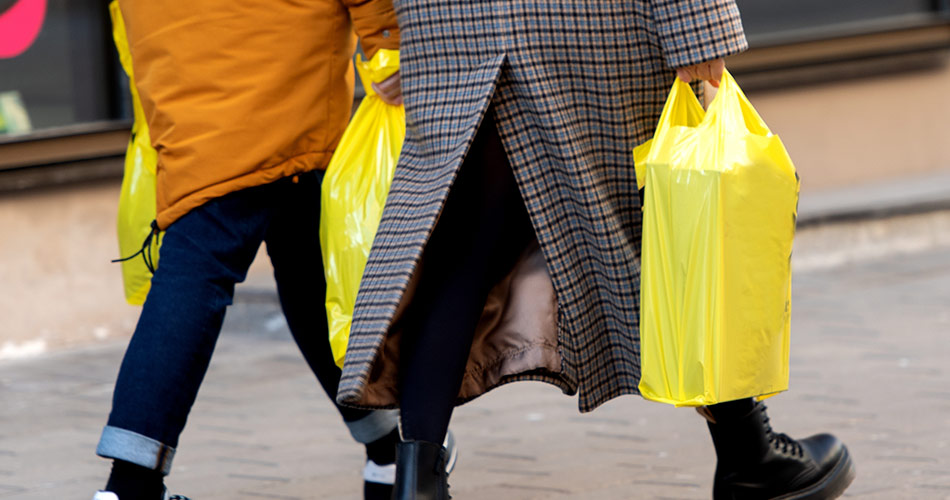 The practical popularity of plastic bags
The practical popularity of plastic bags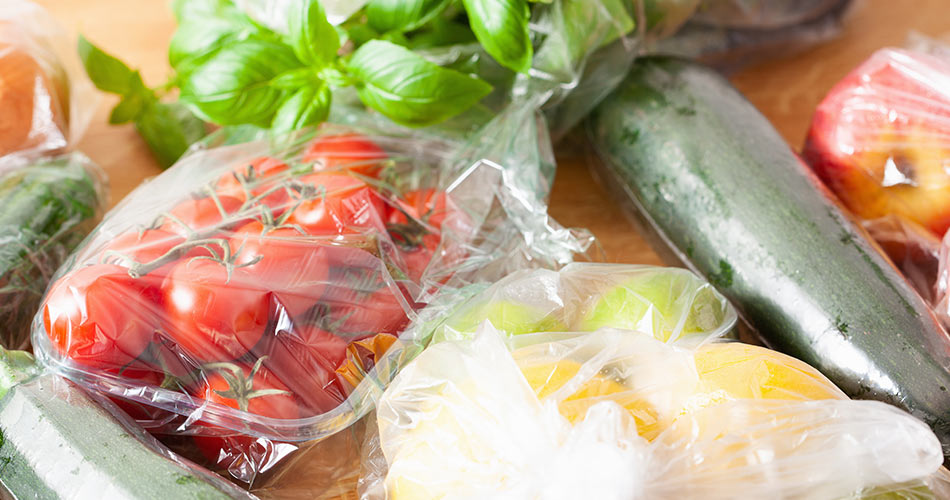 A bag for every reason
A bag for every reason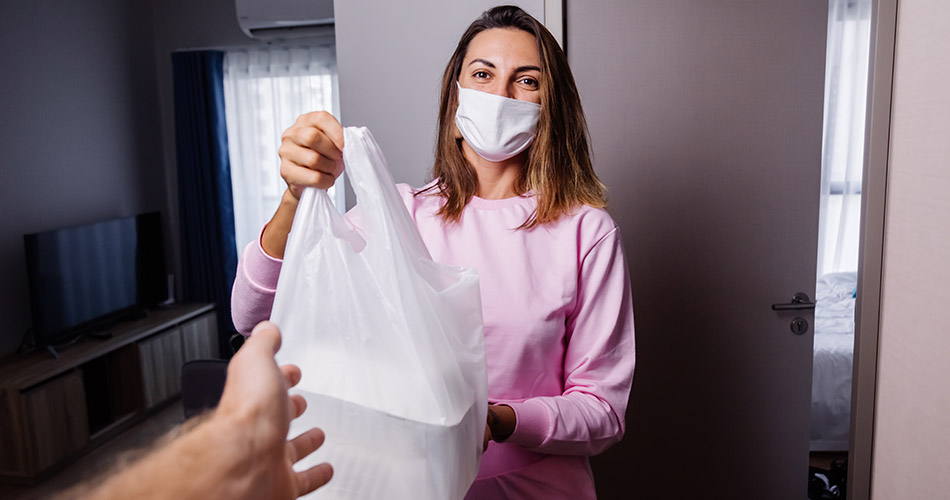 TAMPER EVIDENT PLASTIC BAGS – With the popularity of meal delivery services such as Grub Hub and Post-Mates that use third-party drivers to deliver food from your business to your customers, it’s more important than ever to protect the integrity of your products.
TAMPER EVIDENT PLASTIC BAGS – With the popularity of meal delivery services such as Grub Hub and Post-Mates that use third-party drivers to deliver food from your business to your customers, it’s more important than ever to protect the integrity of your products. Hi-density vs. low-density
Hi-density vs. low-density
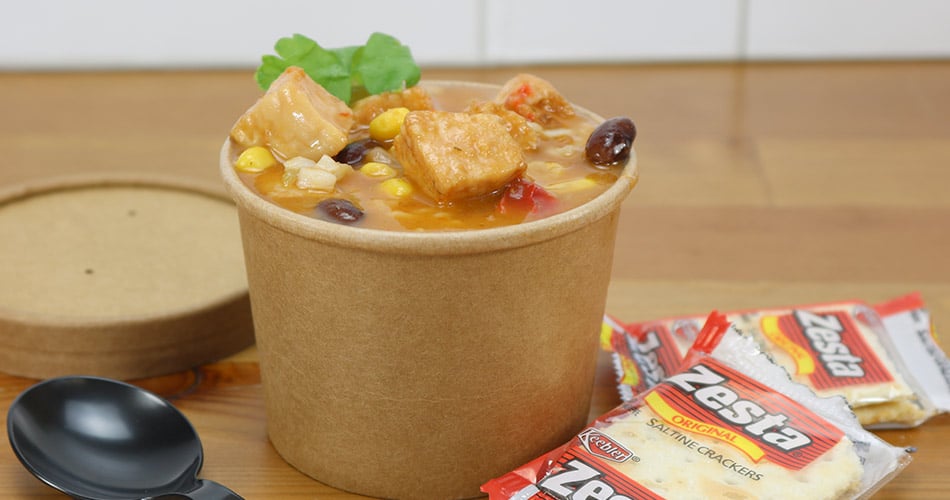 A brief history lesson
A brief history lesson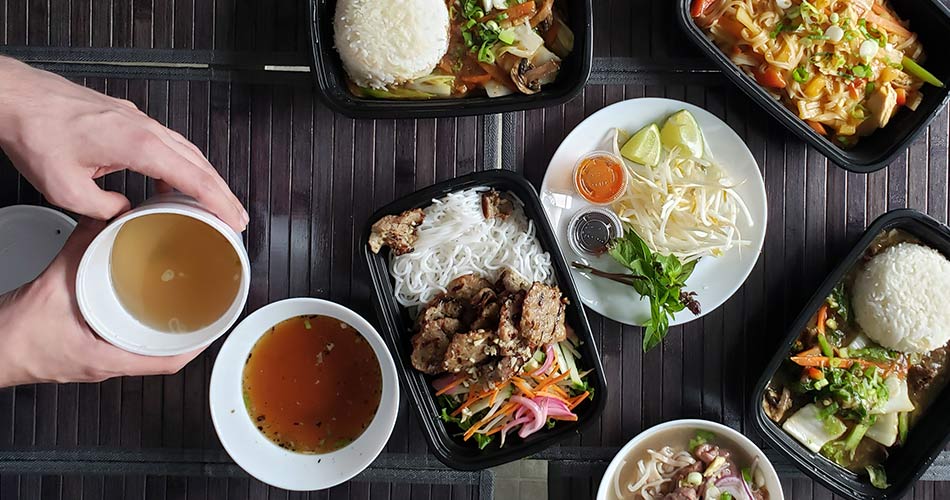 Options abound for disposable soup containers
Options abound for disposable soup containers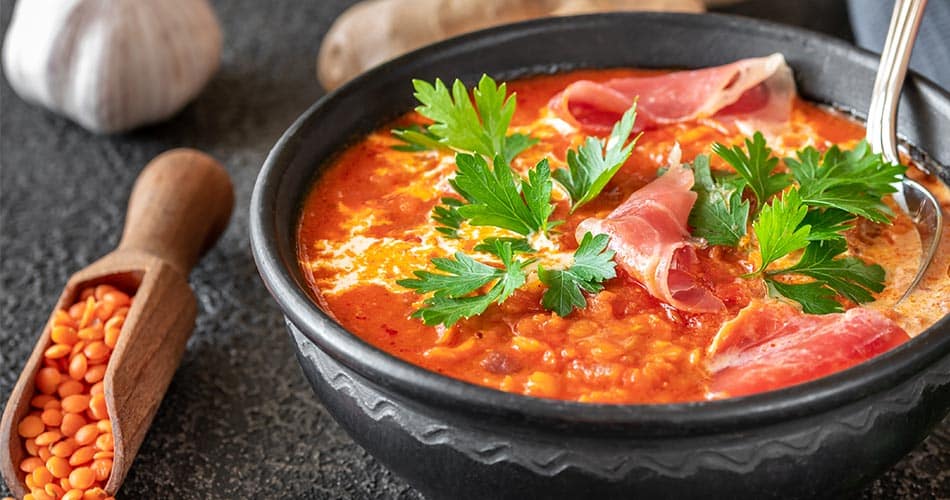 Accessorize your Disposable Soup Containers
Accessorize your Disposable Soup Containers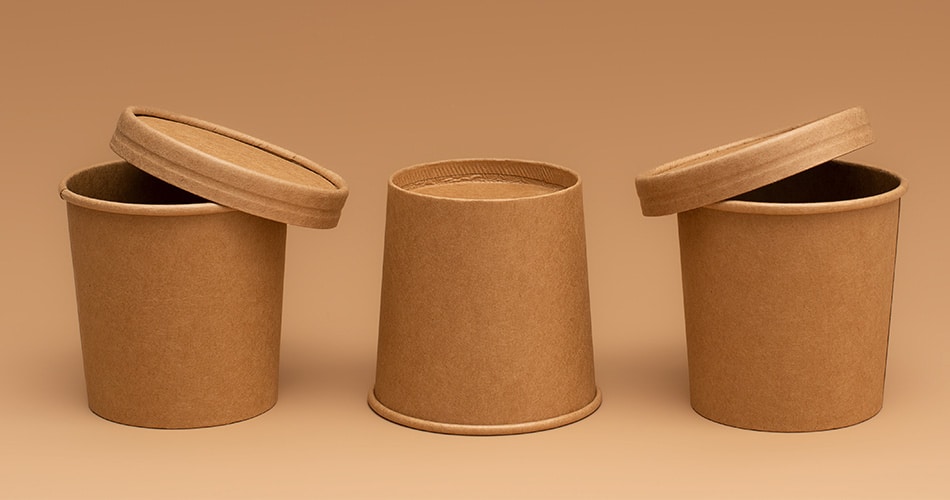 Versatile Disposable Soup Containers a hallmark of autumn
Versatile Disposable Soup Containers a hallmark of autumn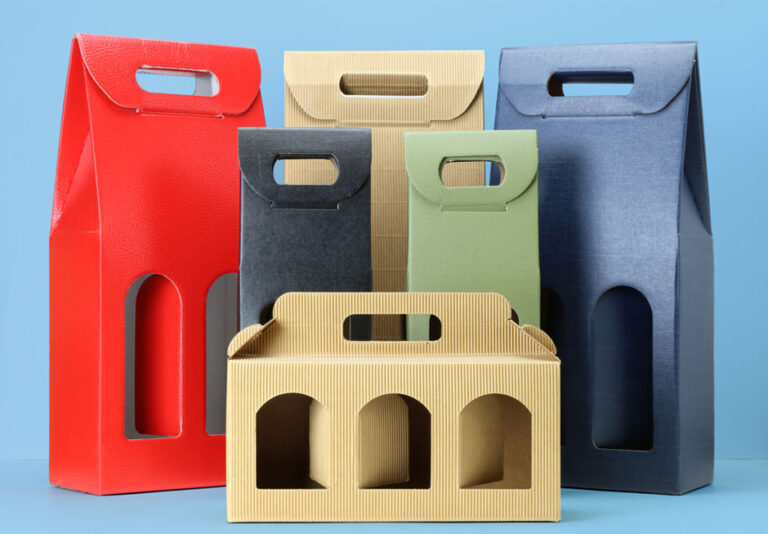
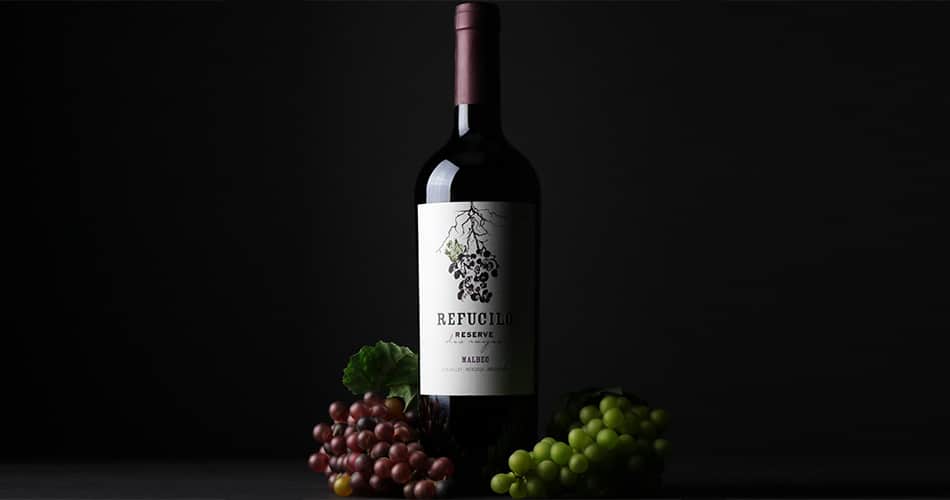 Why is Wine Packaging So Important To My Business?
Why is Wine Packaging So Important To My Business?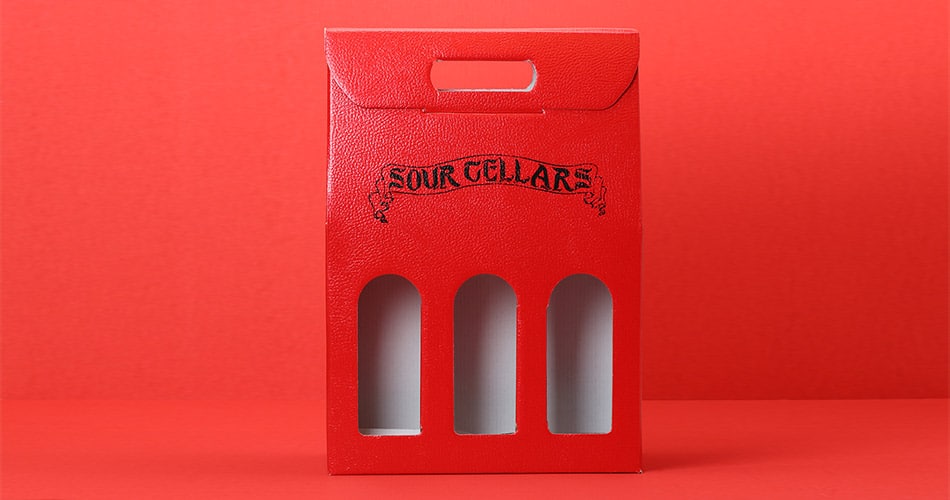 Do Wine Packaging Boxes Make My Wine Look Good?
Do Wine Packaging Boxes Make My Wine Look Good?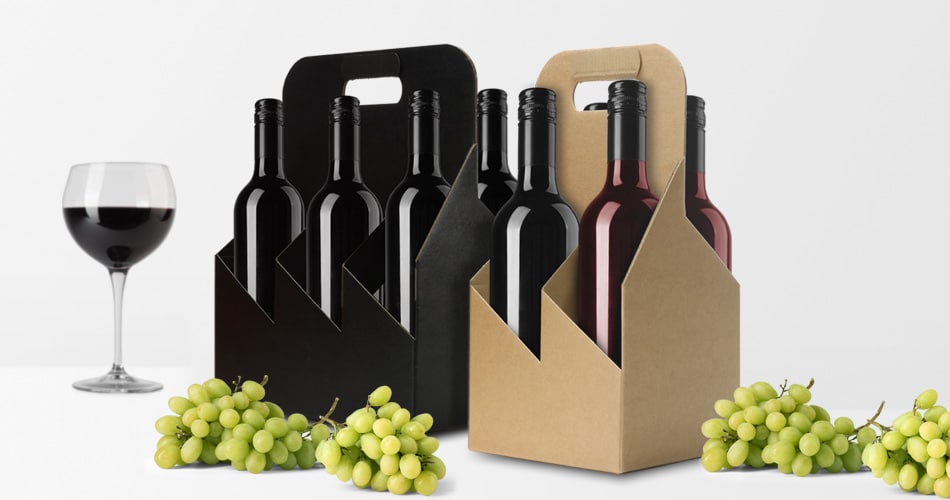 What Types of Wine Packaging Boxes Are There?
What Types of Wine Packaging Boxes Are There?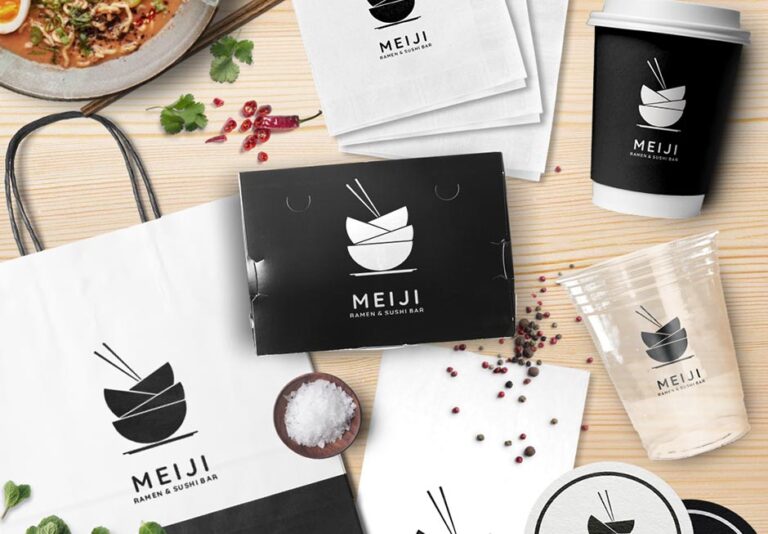
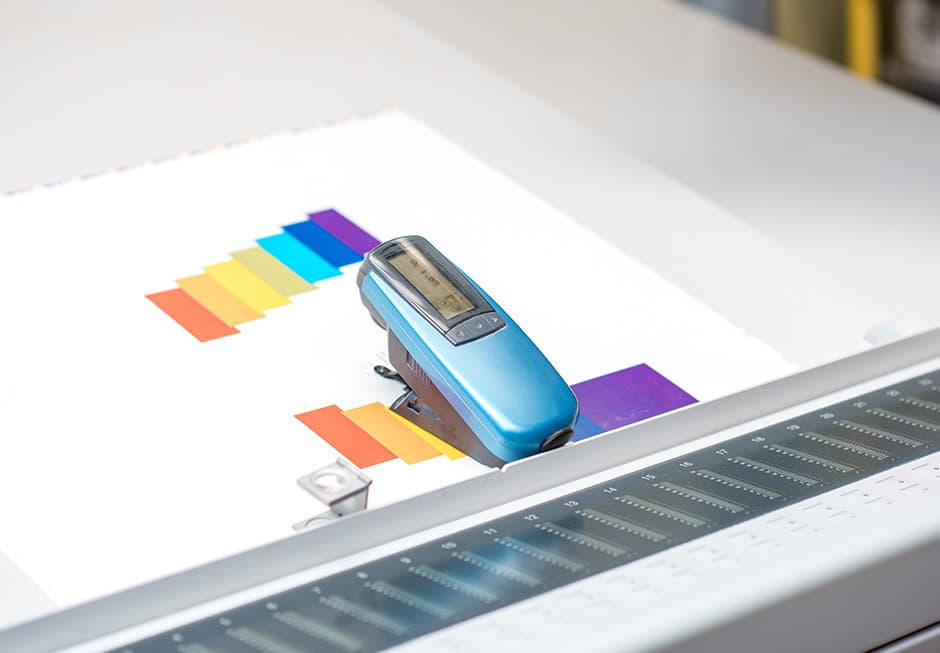 Digital Printing
Digital Printing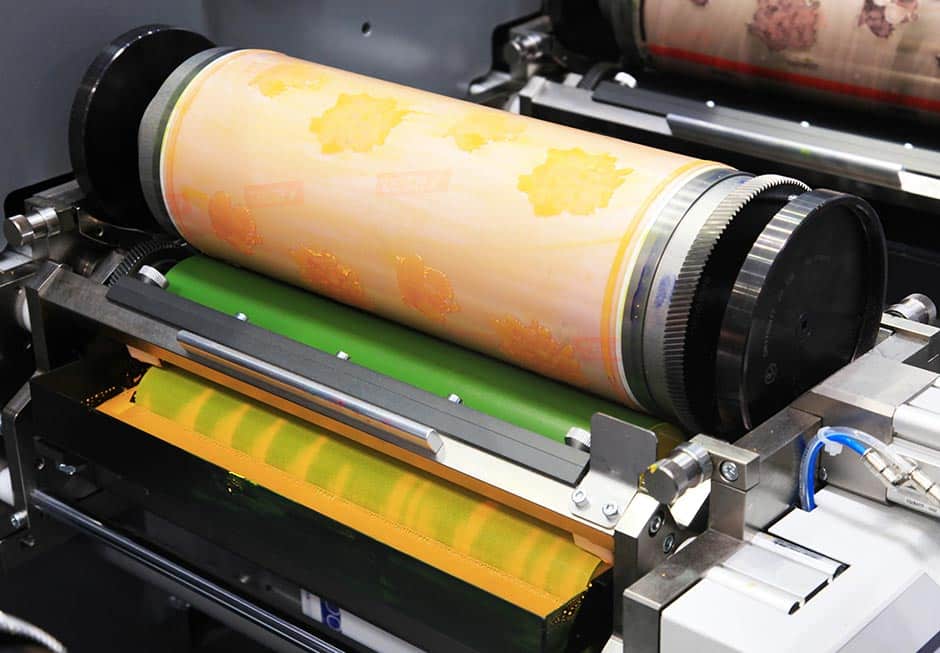 Flexo Printing
Flexo Printing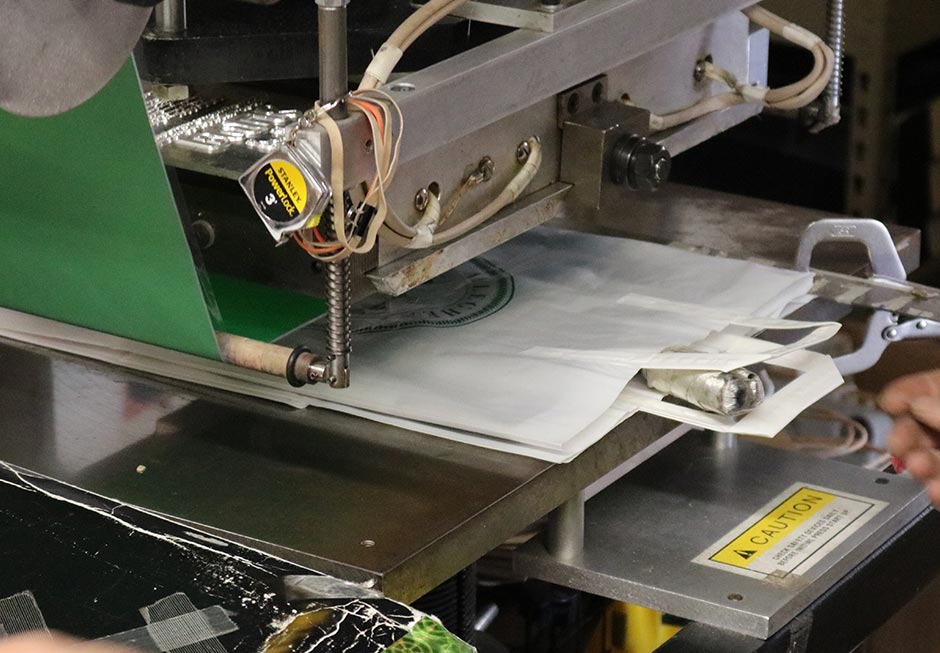 Hot Stamp Food Packaging Printing
Hot Stamp Food Packaging Printing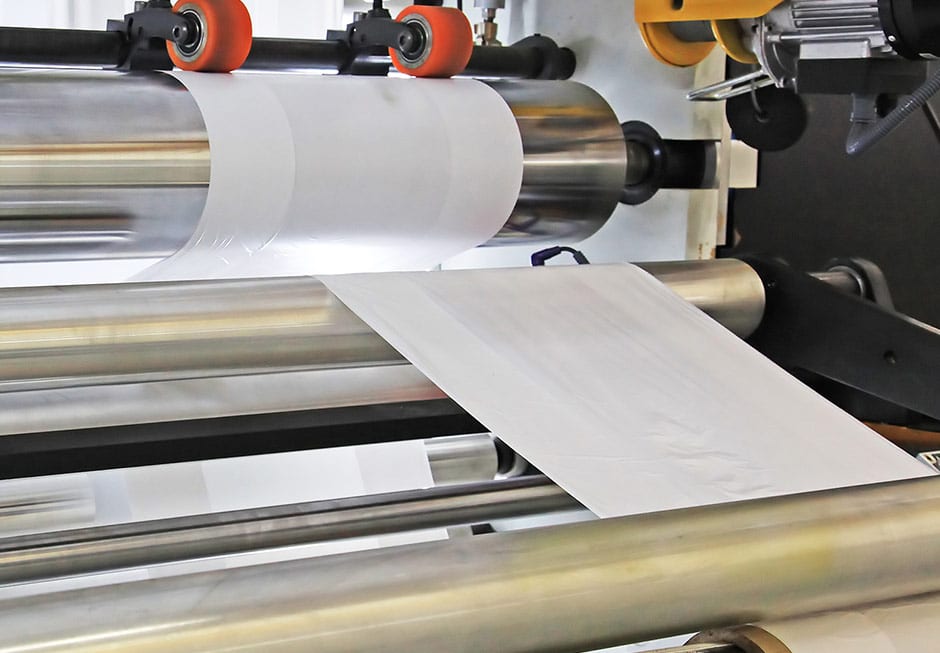 Inline
Inline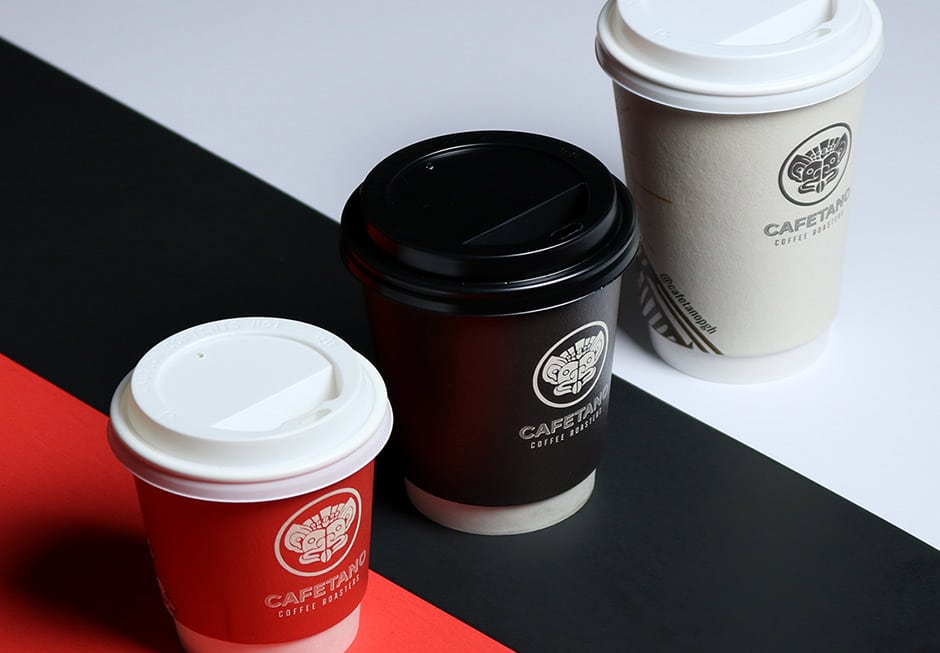 We Can Help You with Branded Food Packaging Printing
We Can Help You with Branded Food Packaging Printing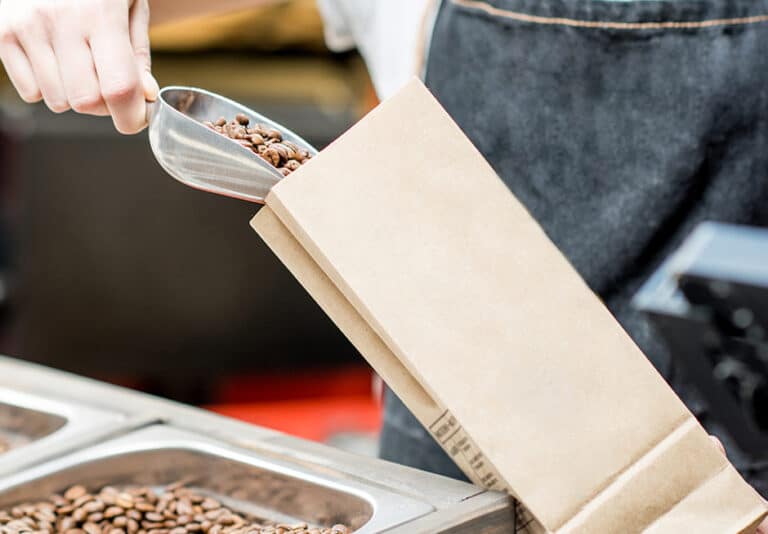
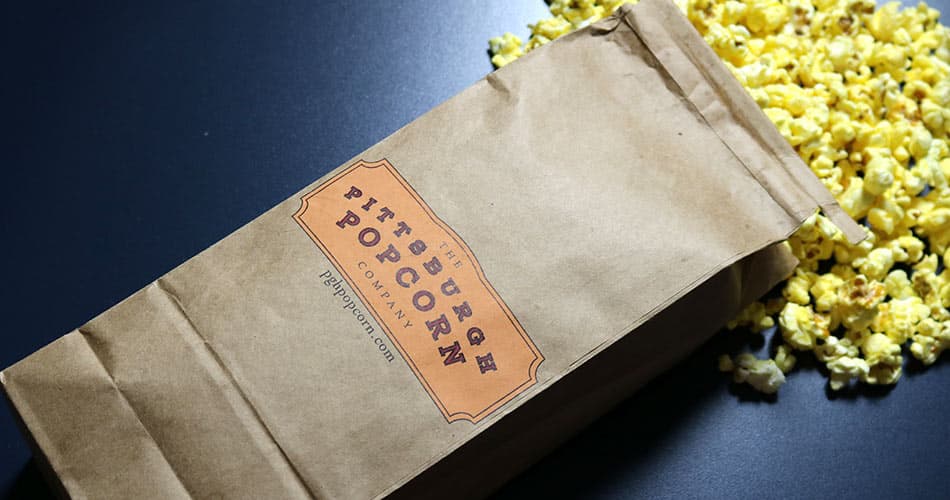 A bag for many uses
A bag for many uses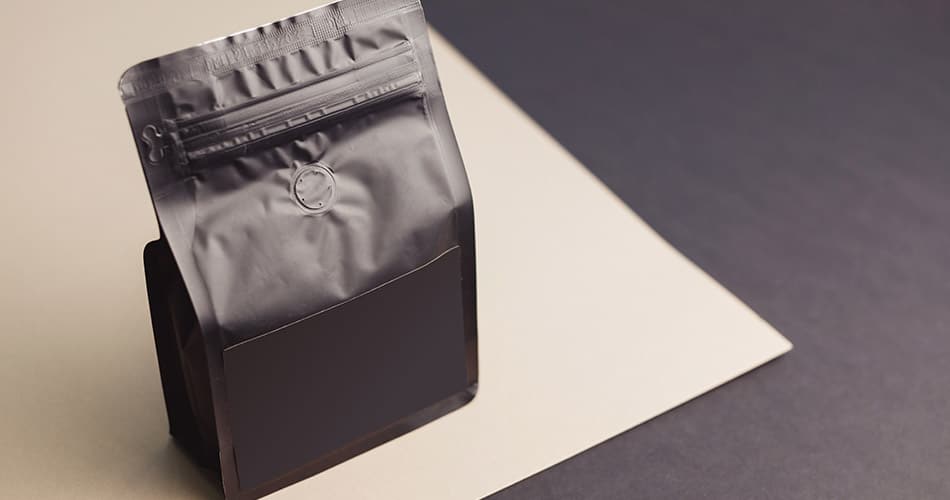 Tin tie bags are perfect for coffee because they are designed to block moisture or oxygen from contaminating fresh coffee beans or ground coffee. Some even come with valves to help release gasses.
Tin tie bags are perfect for coffee because they are designed to block moisture or oxygen from contaminating fresh coffee beans or ground coffee. Some even come with valves to help release gasses.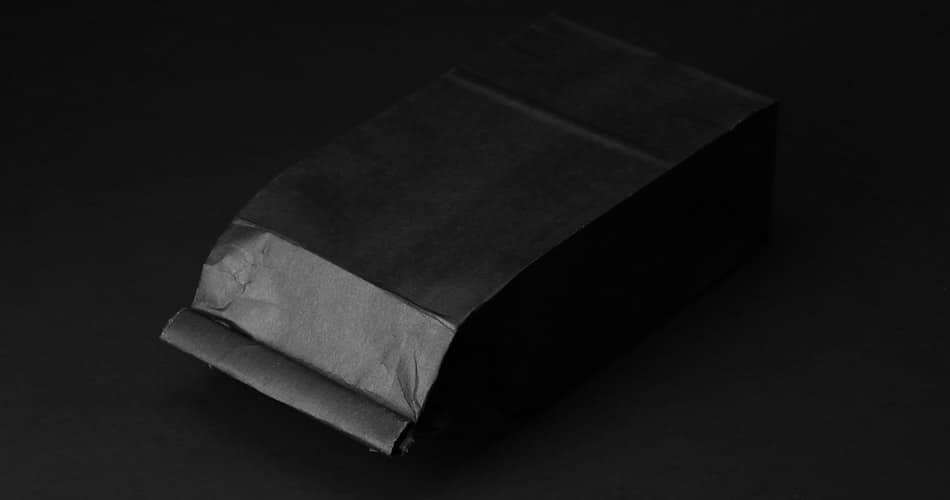 Tin ties bags take shape
Tin ties bags take shape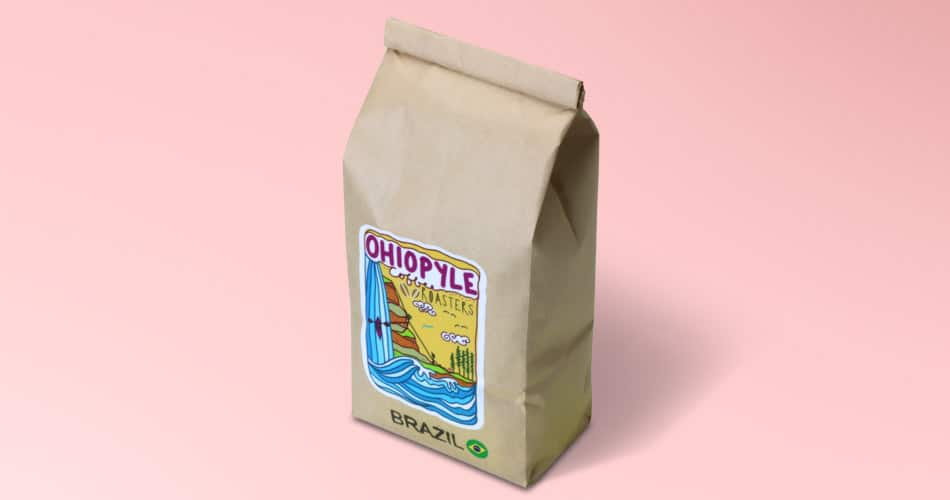 Put your name on it!
Put your name on it!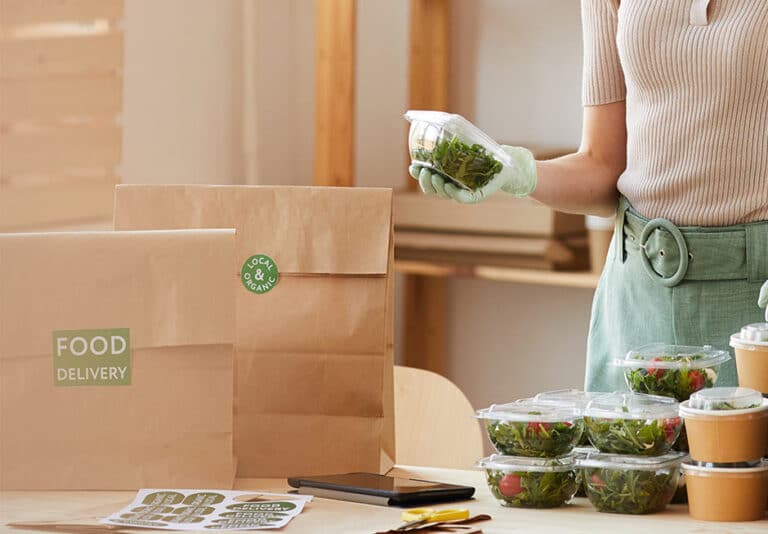
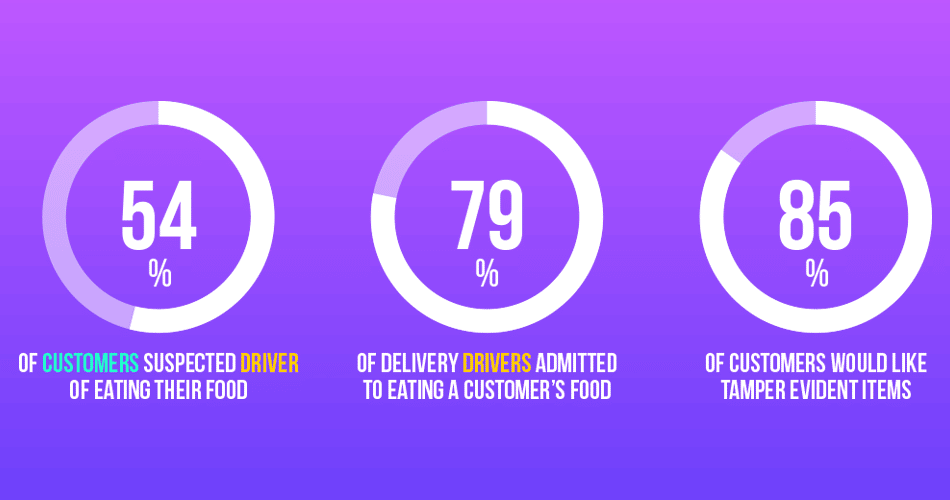 Stats around the need for tamper-evident takeout packaging
Stats around the need for tamper-evident takeout packaging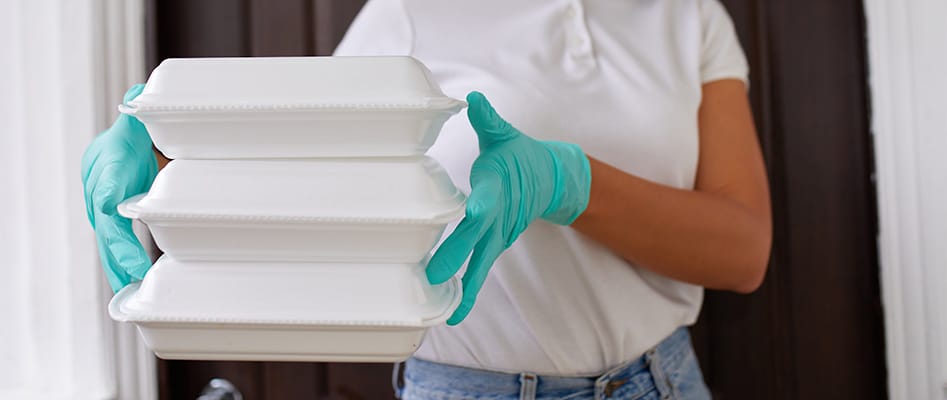 How we eat, how we order
How we eat, how we order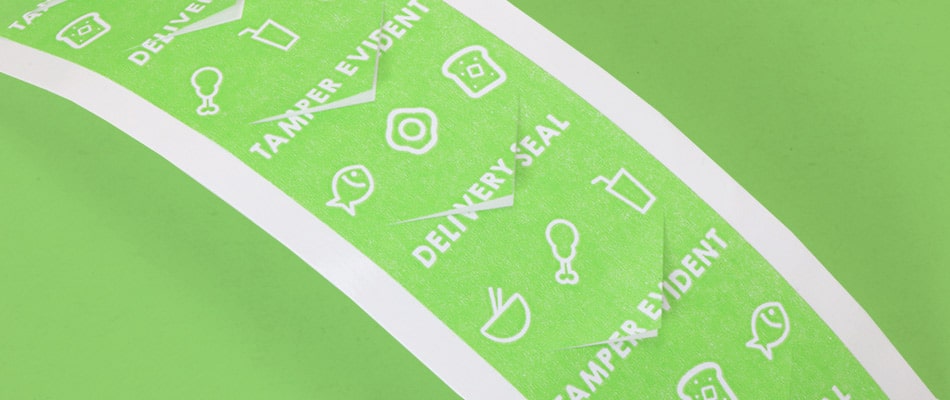 Turn regular packaging into tamper-evident takeout packaging
Turn regular packaging into tamper-evident takeout packaging